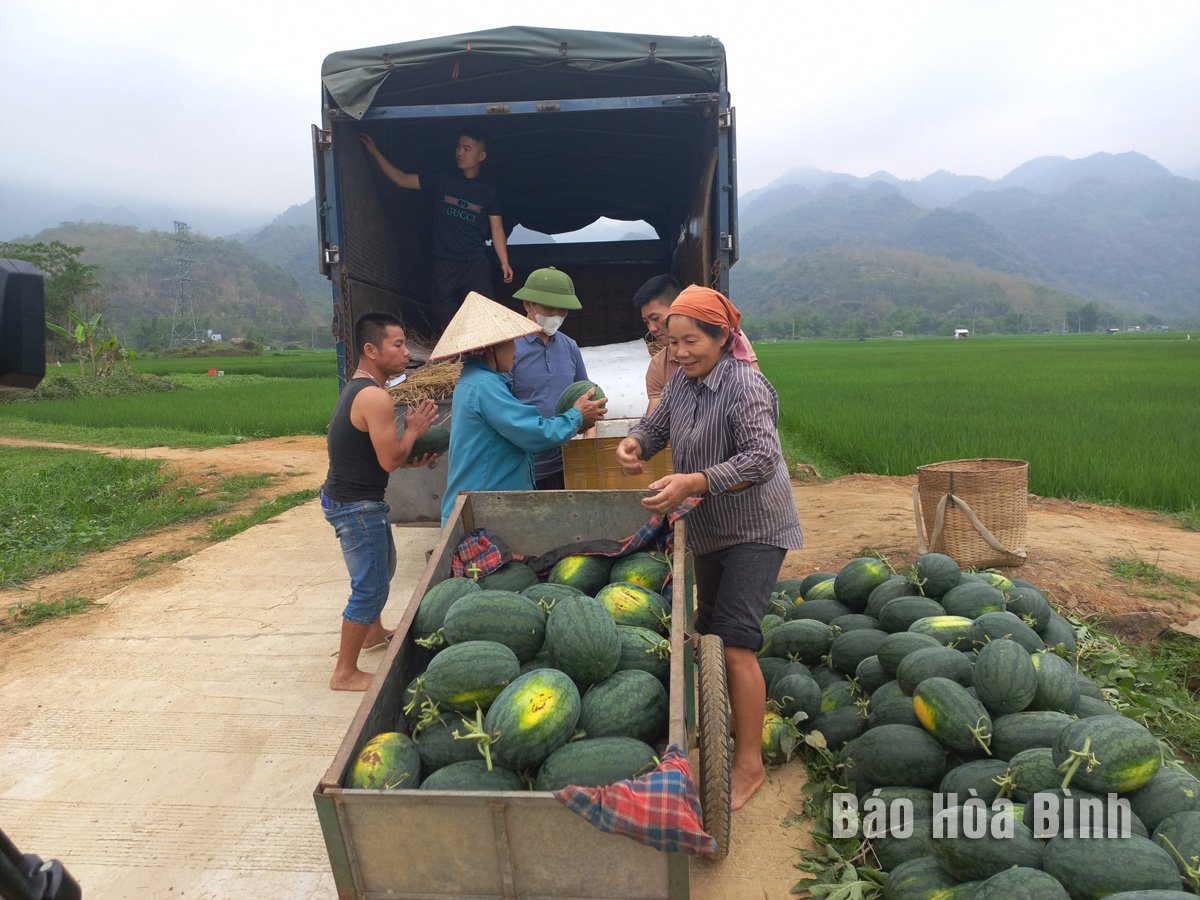
Growing watermelon in Mai Ha commune - a model of crop structure conversion that helps many households escape poverty.
According to statistics in the first 6 months of 2025, Mai Chau district has 12,198 rural households. Of which, 2,337 households are poor (accounting for 19.16%) and 1,976 households are near-poor (accounting for 16.2%). Thus, more than 1/3 of households in the district still live in conditions of lack of income, employment, health care , housing, clean water or access to information. This is not just a number, but a challenge for the roadmap for building new rural areas in the locality.
Particularly disadvantaged communes such as Tan Thanh, Dong Tan, Cun Pheo, Son Thuy… are still struggling with high poverty rates, unstable incomes and small-scale production. Mountainous terrain, sparse population, lack of land for production, lack of skills, and a “dependence” mentality among some people have become invisible barriers in the development process.
This reality causes many communes to be slow in meeting criteria 10 (income) and 11 (multidimensional poverty) in the National Criteria for New Rural Areas. According to the leader of Mai Chau District People's Committee, by mid-2025, only 8/15 communes will meet the income criteria and multidimensional poverty criteria.
It is not difficult to encounter paradoxes: concrete roads have reached every hamlet and village, but standard toilets are still difficult to achieve in some households. There are doctors at health stations, but many people are still used to treating themselves with forest leaves. Children go to school regularly, but their parents have never attended a formal vocational training course…
In the NTM picture, the infrastructure criterion can be completed by investment capital, but the "human" criterion can only be completed by internal change.
Seeing these limitations, in recent years, Mai Chau has chosen not to leave the poor behind on the journey of building a new rural area. From preferential loans for poor households, vocational training classes for rural workers, to connecting agricultural product consumption, converting crops and livestock - the policy does not stand aside but sticks closely to each hamlet.
In Pa Co commune, the "H'Mong Homestay and Agricultural Experience" Association, established with the support of the Farmers' Association, is becoming a typical model in exploiting identity to develop livelihoods. Mong families who used to only know corn fields, now do community tourism, open homestays, organize tours to experience beeswax painting, making giang paper, and cultural exchanges.
In Lac village, Chieng Chau commune, which used to be a model of community tourism - the "Farmers do homestay" movement launched by the Farmers' Association continues to maintain its vitality. More than 70 households operate accommodation services, creating stable income and forming a unique rural tourism ecosystem. Farmers here not only operate accommodation, but also preserve and promote culture, from food, dances, to the stories of their own people.
In Thanh Son, Dong Tan, Mai Hich, Xam Khoe and Bao La communes, many vocational training courses on safe vegetable growing and organic animal husbandry have been organized. These classes have a special feature: the students can be bachelors or farmers who have never finished secondary school. There, they learn how to use biofertilizers, preliminary processing techniques, and preserve agricultural products to bring products to supermarkets instead of just going to the rural market.
With synchronous solutions, the average income of rural people in Mai Chau is currently 35.92 million VND/person/year - still far from the national NTM standard. However, the district has nearly 60% of rural workers who have been trained; 8/15 communes meet the income criteria, 1 commune meets the advanced NTM standard... These movements show that if given the right support, the poor in Mai Chau do not lack the internal strength to change their lives.
According to the leader of Mai Chau District People's Committee, in order to make efforts to reduce poverty in the journey of building a new rural area without interruption, Mai Chau District authorities have clearly identified key solutions in the coming period, which are to prioritize the development of OCOP products associated with community tourism, expand vocational training suitable to the characteristics of the highlands and continue to diversify livelihoods instead of focusing on a few traditional crops and livestock. Along with that is the review and update of poor households in the direction of not missing, not letting anyone slip through and not leaving anyone behind.
Nguyen Yen
Source: https://baohoabinh.com.vn/274/201719/Huyen-Mai-Chau-tren-hanh-trinh-giam-ngheo-ben-vung.htm








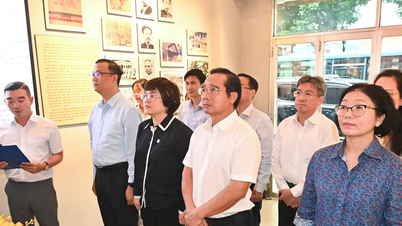

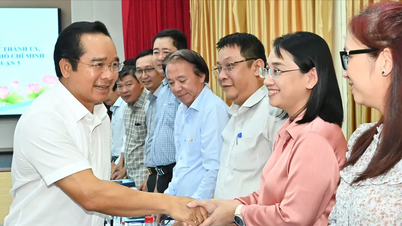
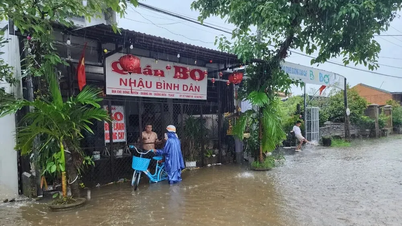
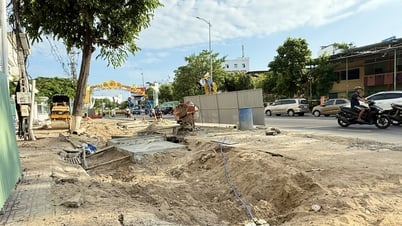

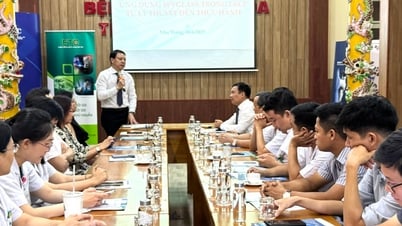
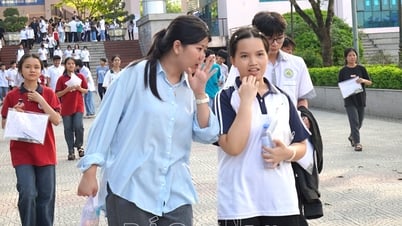






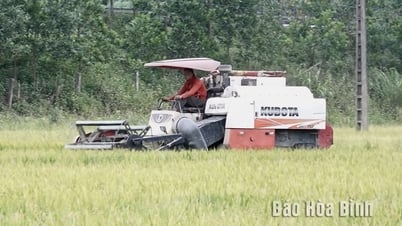
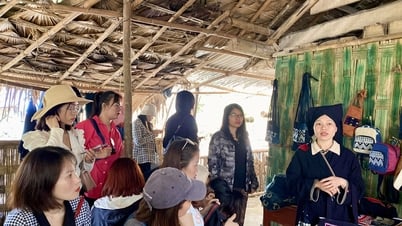
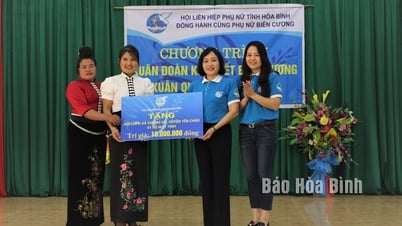
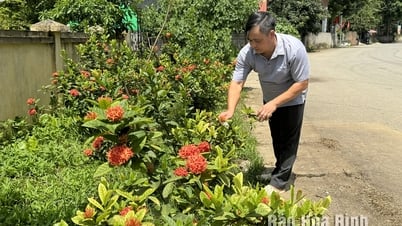
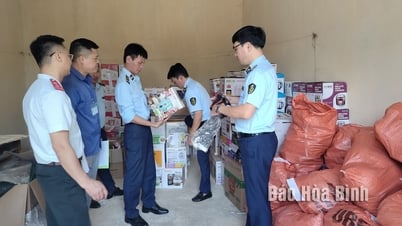
![[Photo] General Secretary To Lam receives Korean Ambassador to Vietnam](https://vphoto.vietnam.vn/thumb/1200x675/vietnam/resource/IMAGE/2025/6/6/a0765b7543784cbcbfe4755b67d43ab4)


![[Photo] President Luong Cuong works with Hung Yen and Thai Binh Provincial Party Committees on implementing Resolution of the 11th Central Conference, 13th tenure](https://vphoto.vietnam.vn/thumb/1200x675/vietnam/resource/IMAGE/2025/6/6/127b735d2761484d81dcee0d7725a25b)


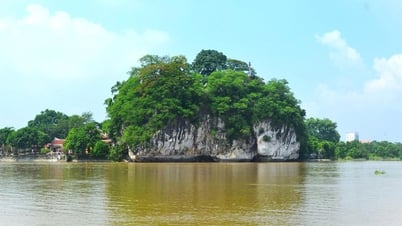

























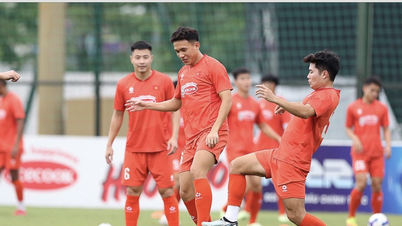
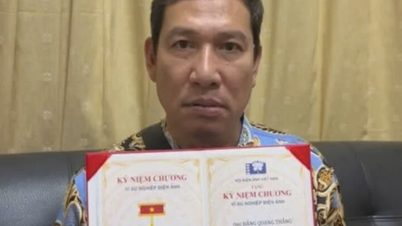




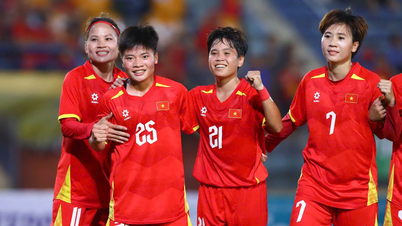




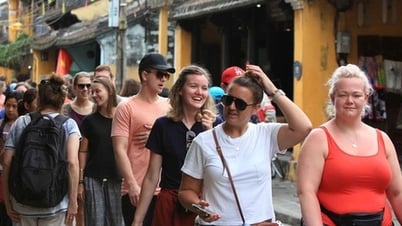




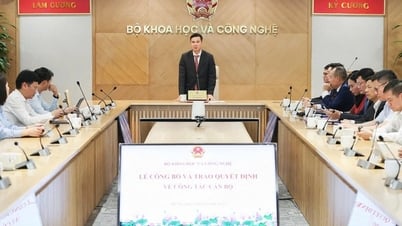

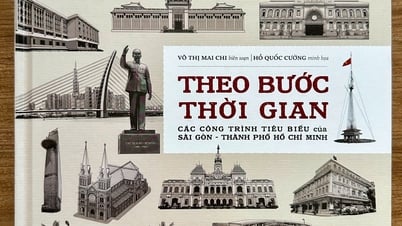
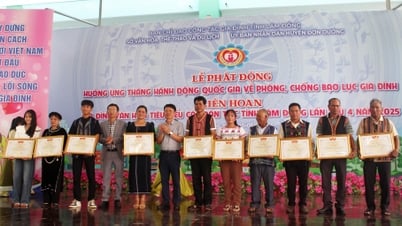



![[OCOP REVIEW] Tu Duyen Syrup - The essence of herbs from the mountains and forests of Nhu Thanh](https://vphoto.vietnam.vn/thumb/402x226/vietnam/resource/IMAGE/2025/6/5/58ca32fce4ec44039e444fbfae7e75ec)





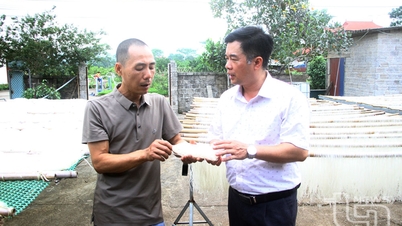

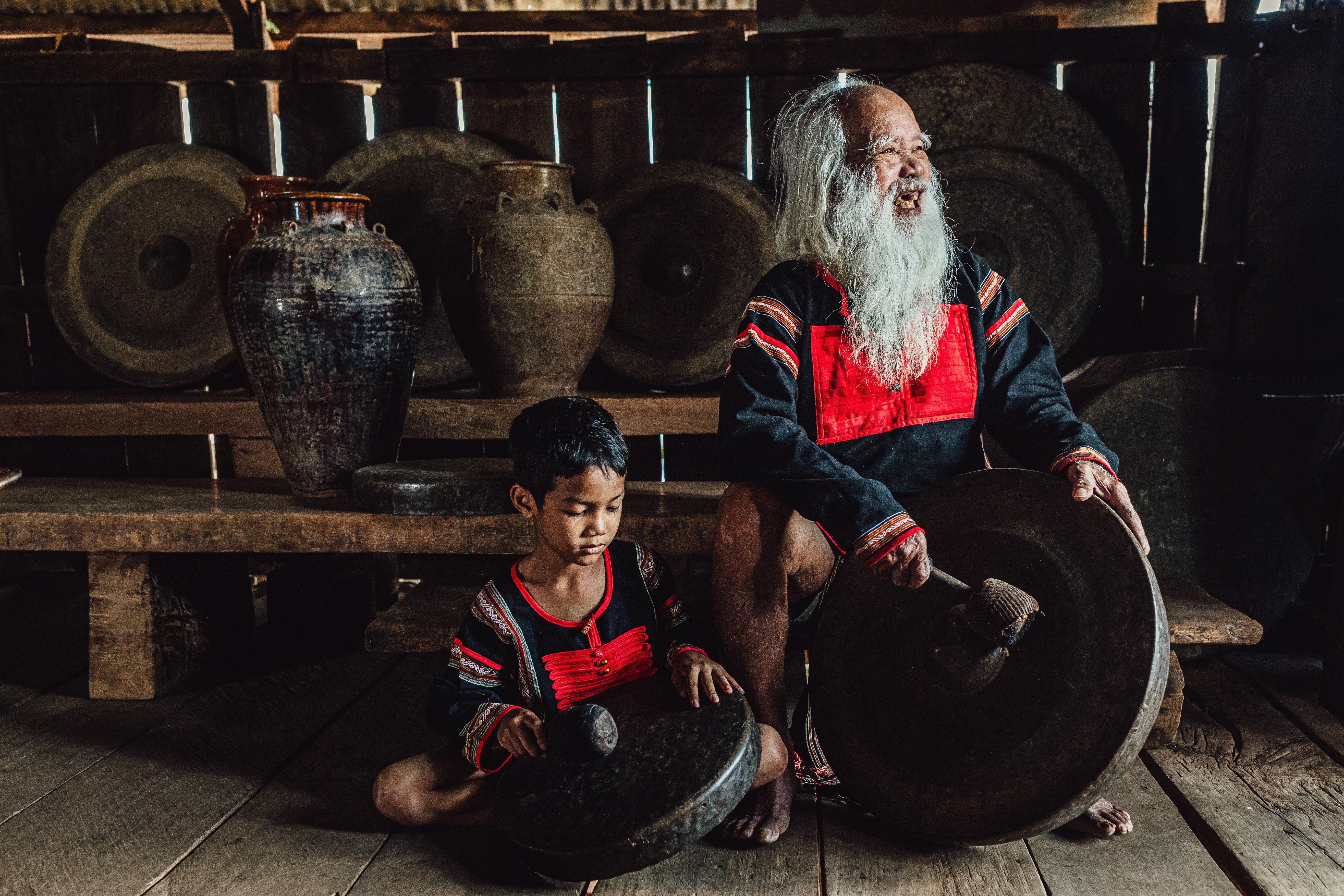



Comment (0)